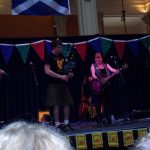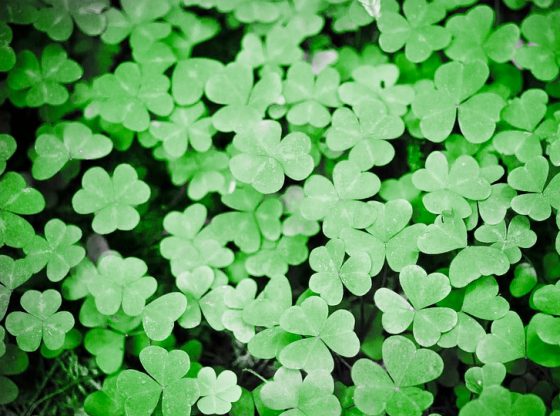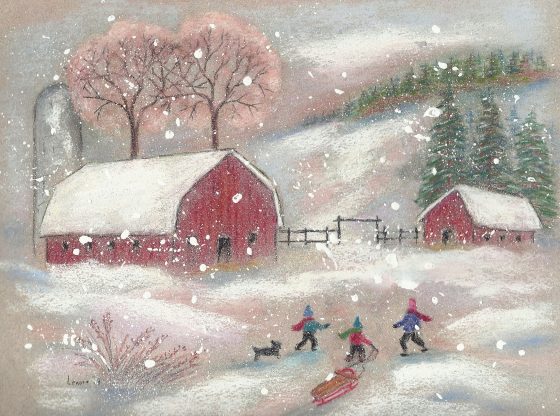Saturday we acquired a taste of Scottish culture as we spent a good part of the day at the beautiful Landmark Center in St. Paul. The building itself is a masterpiece of granite and marble to attend events in or just tour.

The Scottish Ramble was not advertised much but luckily I found it on the internet as I scanned the events calendar.
Crafters had their wares on display which included sterling silver Celtic jewelry, bracelets, earrings and necklaces. There was wool scarves, kilts, musical instruments and books detailing various Clanns of Scotland. A Clann is a family and all of the extended relations for as far back as they go. The Scottish have many traditions and stories which are reenacted over the years so that people continue to remember their heritage. There were also some wonderful pastries, meat pies and of course, scones, which are popular in Ireland, England and Scotland. We had some delicious tea and a raisin scone which was scrumptious.
On stage were dancers of all ages performing and were in a competition for awards. They performed to the haunting tones of the bagpipes , played by a gentleman dressed in kilts, from Michigan.
 Later on, musicians shared their talents , vocal and instrumental, with the large audience seated in front of the stage. The music of Scotland is very similar to Ireland and conveys the nostalgia of the people and the land.
Later on, musicians shared their talents , vocal and instrumental, with the large audience seated in front of the stage. The music of Scotland is very similar to Ireland and conveys the nostalgia of the people and the land.
Quite interesting to us, was the bit of history we learned about the kilt, which is the skirt like dress that men wear over there.
On stage, a lady dressed in costume of the early days, narrated a brief history of the kilt and had a man from the audience come up so she could show how the early kilts were made. It was very informative and surprising. The first kilts were made using nine yards of wool plaid material, the length of a skirt .The saying “the whole nine yards “came from fact that kilts were usually made of nine yards of fabric for a big man.
It was put on the floor and bunched together, as if gathering with no sewing, and the man lay down on the fabric, which was the secured around the waist with a secure belt. This made it into a skirt like dress. A long segment of the fabric was left loose so that it could be flung over the shoulder or head to act as a cover in case of the cold rains that came. Because of the lanolin in wool, it sheds water to a degree, and when it freezes the ice forms a barrier from the cold, on the kilt, and the person retains warmth. The picture at the right, shows the back view of a kilt, on a woman, so you can see the portion of the fabric which drapes the shoulder and can be used as a cape or head cover as well.
Nowadays, there is not as much fabric involved in the kilt, yet they remain a colorful and practical garment of dress for young and old, all genders, in Scotland. It is always interesting to learn about other cultures, their music, foods and traditions, and they all seem to reflect the land and history. And we did not even have to go to Scotland. What fun!




